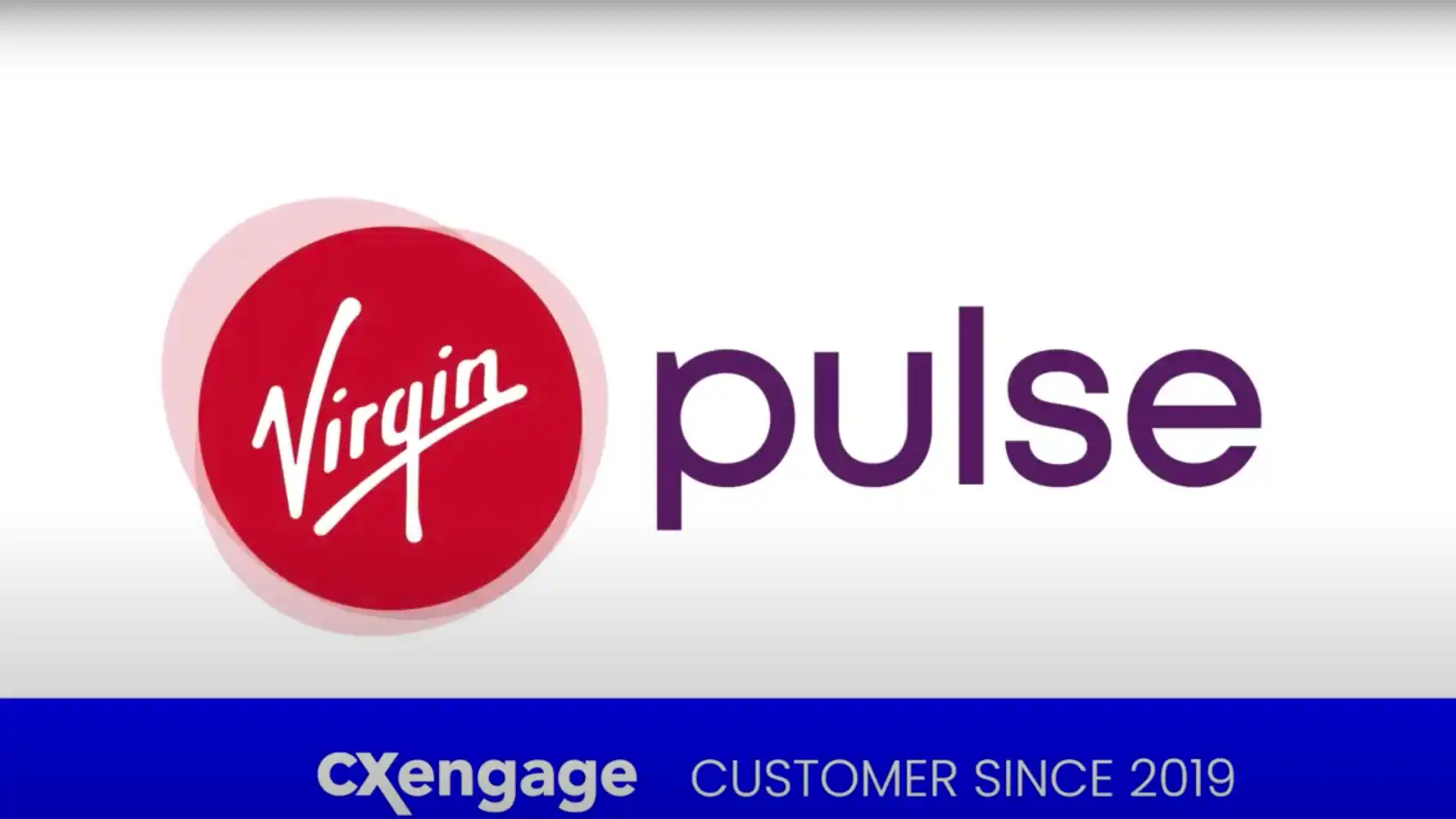The contact center market has seen a tremendous amount of change in the 30 years since I first got into the game. But if there’s one thing that’s remained constant throughout the past decade, it’s that CX leaders have been skittish about cloud.
While SaaS was transforming everything from CRM to HR, most of us contact center folks were still doubling down on legacy systems. In fact, as recently as last year, 9 out of 10 global organizations were still relying on on-premise contact center software, according to a Gartner report cited by CX Today.
For many CX leaders, the contact center is so critical to the business — and the risks of a botched migration so terrifying — that it felt safer to hold out on CCaaS until the wheels fell off their old system. In the wake of COVID-19 and the rush to work from home, they finally have.
The one thing scarier than cloud? Not having it
Now, the fear is spreading in the other direction. Migrating to CCaaS is still scary, but it’s nowhere near as scary as realizing that you don’t have the flexibility to spin up remote agents when you need them most. So suddenly CX leaders are making a mad dash to cloud. The number of organizations relying on CCaaS as their preferred model (according to that same Gartner report) is projected to quintuple by 2022, from 10 percent to 50 percent.
That’s not just an about-face on cloud; that’s a stampede — one that’s long overdue for the contact center. But stampedes are dangerous. Panic and run too fast? You stumble. Hesitate and accelerate too slowly? You get trampled.
So what’s the right balance? How do you keep a level head? The answer sounds easier than it is: You face your fears head-on.
A crash course in cloud anxiety management
When it comes to migrating from on-prem contact centers to CCaaS, I can tell you from experience — both as a contact center leader (culminating in VP of customer care & sales at Comcast where I simultaneously ran 23 contact centers with a yearly P&L of $172 million) and as a global CX optimization consultant — the biggest obstacles aren’t technical. They’re emotional. Fear of change, of risk and of uncertainty — as we explore in our Cloud Laggards to CX Leaders series — it’s something we see over and over.
So ask yourself: What anxieties are your teams and stakeholders bound to have about a CCaaS migration, and how can you get ahead of them?
Anticipating stakeholder concerns
Most contact center cloud migration projects touch teams across the entire company. Finance, IT, devops, security, engineering, marketing and sales — you name it. So to begin, identify your most important stakeholders and anticipate their concerns.
Whatever questions they may have, you’re going to want to have an answer. For example:
- What will it cost?
- What about compliance?
- How will I sell this to other stakeholders and employees?
- What about the agent experience?
- What’s the impact on CX?
- How will we measure it?
- How will it scale?
Talking admins off the ledge
Many of your contact center administrators and IT partners have likely spent years mastering certifications in traditional on-prem systems like Avaya and NICE. They’ve built their careers on these technologies. So don’t be surprised if some express defensiveness — or even outright hostility — at the prospects of jettisoning these systems for something new.
Explain the reality to them: The future’s coming at us like a train, like it or not. Explain why your business needs CCaaS, and how you’re not alone. Show that you’re just as concerned for their job security and career trajectory as they are — and that’s precisely why you want them to develop experience implementing and managing a cloud-based platform.
Enlightening agents
Agents can be a little funny about their call center software, as anybody who’s been one knows. They’ll gripe at the water cooler (or these days, on Slack): “I can’t stand this ancient system. When’s management going to upgrade?”
Of course, as soon as the new system arrives, that morphs into, “Why do we have to do everything differently? Why couldn’t we have stuck with the old system?”
The thing to keep in mind is that your agents live and breathe these systems, day in and day out. So when you train them on a new cloud technology, make sure they understand not just how to get by, but how it can help make their job easier and how CCaaS is essential to enabling them to work from home.
The 3 key takeaways
Here are common objectives that can mitigate the org-wide fear associated with a move to the cloud:
- Listen — Understand your teams’ and stakeholders’ concerns.
- Communicate — Make sure everyone understands what you’re doing and why.
- Educate — Explain how the new solution can help them, both in their day-to-day jobs and in their career paths.
When you start from a foundation of transparency and trust instead of fear, even a major undertaking like a cloud migration becomes a lot less scary.
For more insights, watch the full recent LinkedIn live stream episode, “Don’t Be Afraid of the Cloud.”
For discussion of similar topics, tune in for the “Customer Experience in the Cloud” live stream series with Valur Svansson, every Wednesday at 9:30 a.m. CT on the Lifesize LinkedIn page. To watch past episodes on-demand, visit our YouTube channel.






